Derek trained at Newport and joined Marconi Marine in March 1968. He spent the mandatory 6 months as a junior R/O on the Harrison liner Naturalist and Ben Line’s Benarmin. He then spent the best part of the next 2 years on P&O passenger ships albeit still employed by Marconi. Note: P&O went directly employed throughout the fleet with their own R/0’s in early 1970 (date tbc), but some Divisions had employed directly for some time. Many of the R/O’s working with Marconi on P&O ships transferred over. Derek and Tony Selman both joined Oronsay in early December 1970 and spent the best part of 18 months on that ship before we both left and then took the first part of the city and Guilds Marine Electronics Certificate at Brunel in Bristol. At the end of that Tony married an ex Woman Assistant Purser from Oronsay and Derek was his best man. We went our separate ways within the fleet only meeting again for Derek’s own wedding in 1974. We have not met since although we are planning to do so.Derek had a long career both at sea and with P&O. He sailed on many of the company’s tankers, OBO’s and gas carriers. He came ashore in 1986 after nearly 18 years at sea. The photos in this section reflect Derek’s time at sea and to some extent his shore career.
In Derek’s own words the rest of his career. “I came ashore in 1986 and worked for the P&O Group via one of their wholly owned subsidiaries. Three Quays Marine Services was a group within that providing technical services such as naval architecture and safety consultancy and electronic support/consultancy. These were through the three companies of Three Quays Marine, Marine Safety Services and Peninsular Electronics Ltd (PEL) and its sister company Broadgate Ltd. I came ashore initially with PEL and was based in London for 2 years. Then when Broadgate Ltd was started here in Bristol I was relocated. PEL then became the Accounting Authority only (GB06) and Broadgate took on all the technical work. P&O sold all their interest in shipping in 2004 and Broadgate/PEL were taken over by (then) Marconi Marine. I took redundancy and did some consultancy for a few years before the recession bit and nobody wanted consultants. The rest as they say is history”. Appropriately for ex R/O Derek has lived for many years in Portishead and is retired there.







































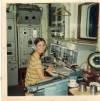
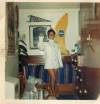









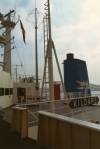







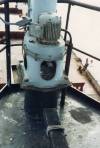
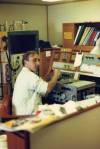


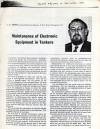

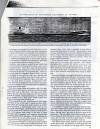
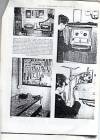
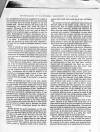









Hi Derek,
I was very interested to see the pictures of you on Oronsay. As you may recall I sailed on Oronsay from 1967 to the end of 1969. I sailed with you during 1969 and possibly before that I believe, we had adjacent cabins. I have a photograph of myself at the operating position which looks exactly like yours. I also have a picture of myself in my cabin operating maritime mobile with my FTDX400 transceiver.
Good to hear about you. By the way, I retired from P&O/Princess in 2008 at the grand age of 67 (I felt I was just settling into the job and getting the hang of it!)
Best Regards
Paul Barry G3RJS
Barry,
Dave Banner VK5NU who sailed with you would like to get in touch. Hi email address is
[email protected]
Cheers…..Jim G3KAF
Fraternising with the passengers? We don’t want that kind of talk on this site. Come on Geoff, you know full well this is a respectable and professional site that is here only to recall the equipment and vessels we sailed on. There will be NO smutty inferences and anyway R/O’s on passenger ships were too busy and too tired after coming off watch to become involved with socialising with young ladies.
It was against regulations anyway and the wonderful phrase as quoted by John Garner sums it up: “In Blue Funnel you were not allowed passengers in your cabin, it was regarded as Broaching Cargo.” Beat that for terminology!
A not convincing picture of a 3rd R/O, for starters the female R/O had a different hat, which in no
way resembled that of the male counterpart, more likely fraternising with the passengers. You boys
on the passenger ships had it all on a plate!! Jealous – you bet!!